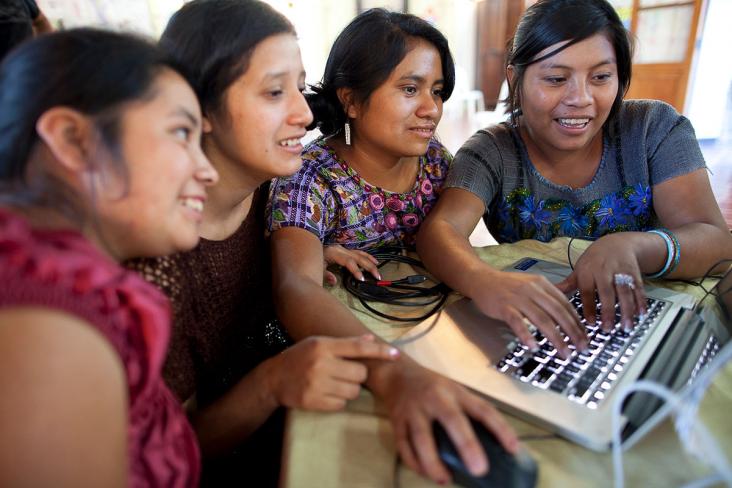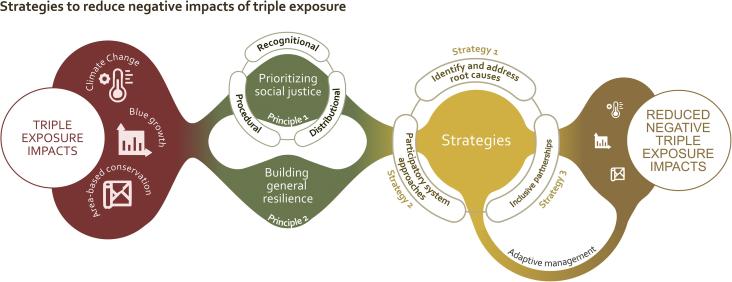This chapter advances Goals 4, 10, and 3 by providing an overview of human rights education in formal and non-formal educational spaces and in professional settings. It includes current debates in the field around the pedagogy and practice of teaching human rights.
This chapter advances Goals 4 and 19 by describing some of the ways in which Education International approaches some of key issues of policy and practice, both long-standing, such as social equality and human rights, and those that are emerging, such as uses of new technologies, privatization, decolonization of education and climate change.
People who attempt suicide should be offered help, not punishment, supporting SDG 3, 10, 17.
Introduction and Objectives: In clinical trials, patients with hepatitis C virus (HCV) genotype (GT)1a infection and baseline resistance-associated substitutions (RASs) at amino acid positions 28, 30,
Over 43 million U.S. residents rely on private unregulated wells for their drinking water, raising public health concerns, particularly in regions like northern New England where widespread groundwater arsenic contamination is now recognized. Children are particularly vulnerable to adverse health effects from arsenic exposure.
In sub-Saharan Africa, many countries have policies and laws that discriminate against men who have sex with men. This paper explores the relationship between these laws and HIV in this key population.

Celebrated annually on 8 March, International Women's Day is a global day to recognize the social, economic, cultural, and political achievements of women. The theme for this International Women’s
This article advances SDG # 3, 6, 10, 11 and 13 by showing the interaction between poverty, climate change, and health consequences in slum communities in Ghana. Understanding the direct perspective of people “on the ground” can provide solutions that decrease the severe consequences of climate change and extreme weather events in poor communities.
This content aligns with Goal 10: Reduced Inequalities by examining the social determinants of health, food, and nutritional inequities.

This One Earth Perspective Article explores how coastal communities are increasingly exposed to risks due to trade offs from international conservation efforts and rapid economic and climate change, and argues that policymakers seeking to promote ocean biodiversity (SDG 14) must first prioritize social justice and general resilience to equitably enable sustainable communities (SDG 11).
